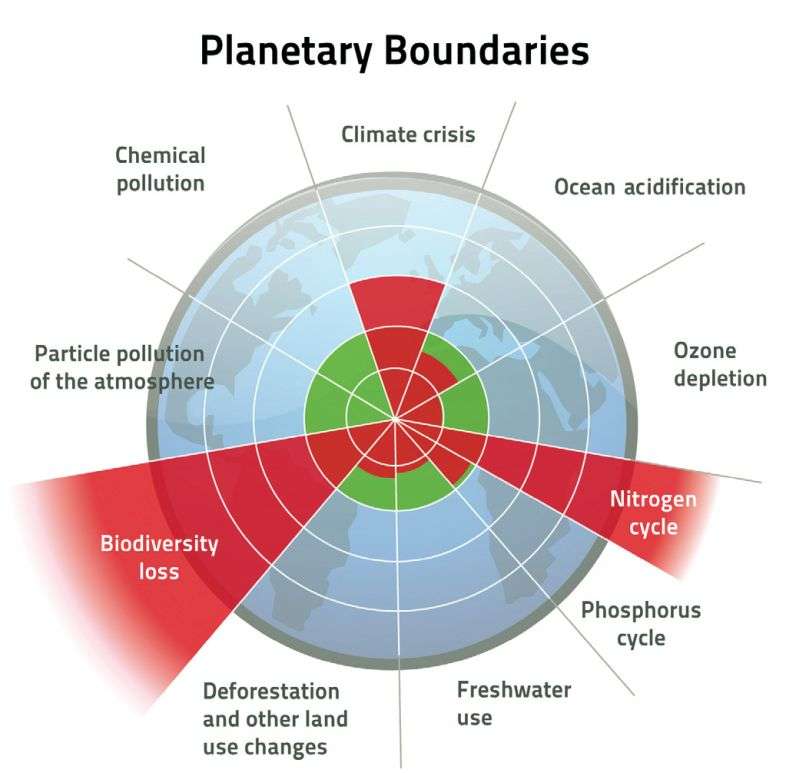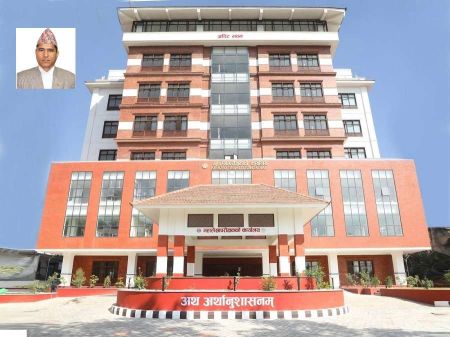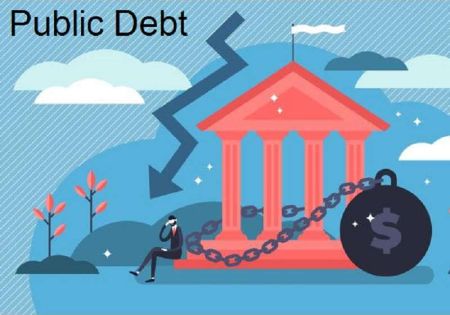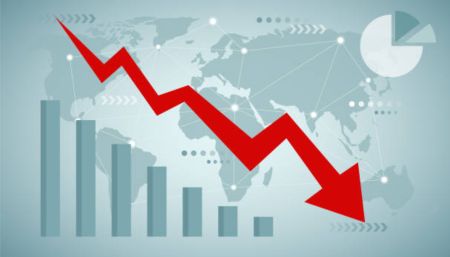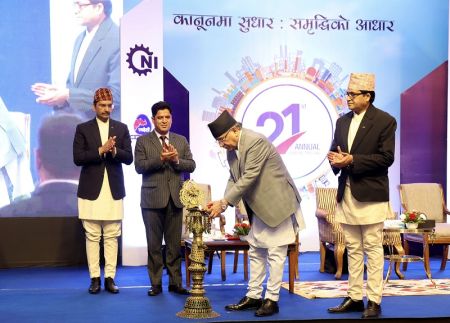Humankind has a funny way of acting when it comes to boundaries.
--BY VAIJAYANTI KHARE
The decades old economy model of take-use-dispose is being replaced by a take less-use to optimum-eliminate disposal one. The search, experimentation and success of models that are restorative and regenerative by design, and which aim to keep products, components and materials at their highest utility and value at all times, distinguishing between technical and biological cycles is ever increasing. The circular economy is the way to go and sustainability is the key word underlining all sectors, industry and economies.
Easier said than done. Conceptually sound, yes, but how does it translate into real action. Many an industry and segment of a country or region has trail-blazed, yes, but how and when will it be the norm rather than just a streak. Like the five technological waves (Kondratieff waves) that changed successive industrial eras, is this to be the next wave to transform the way we do business and run our economies.
The time has long come for the sixth wave– the wave of sustainable technologies that spur economic growth and take care of our planet, at the same time. This last phrase is moot. All the earlier innovations and methods of economic development have caused much harm to the planet. Not only was that kind of endogenous growth very uneven, in that some parts of the world gained faster and higher benefits than the rest, but it also used up the planet’s resources much faster, increasingly faster, than it could be replenished. The catch-up growth is no different. This sixth wave shall not be one invention or innovation like the steam engine or the internal combustion engine or the integrated circuit, but a multitude of independent and inter-related innovations that continue to give us increasing returns to scales of economies. One has to admit that, some commendable work in this area has already begun and shown promising results.
‘Planetary boundaries’ is the central concept in an Earth system framework proposed by a group of Earth system and environmental scientists. These boundaries set theoretical limits on changes to the environment– it includes ozone depletion, freshwater use, ocean acidification, atmospheric aerosol pollution and introduction of exotic chemicals and modified organisms. Beyond each planetary boundary is a ‘zone of uncertainty’. This zone is meant to acknowledge the inherent uncertainties in calculations, and to offer policy and decision makers a small buffer to take potential action before it is too late to make a difference. Beyond is the Unknown: planetary conditions unknown and unfamiliar to us.
There are more than seven billion people, today, using an increasing quantity of resources, turning forest into farmland and farmland into urban areas and industries, boosting greenhouse gases in the atmosphere and driving other species to extinction. The relatively sudden efflorescence of humanity declares this as a new geological era, the Human Age, or the Anthropocene. And no matter the efforts at population control, humanity shall reach the nine billion mark sooner than you think. Economic development that ensures there are enough resources/technological methods to sustain the living standards of these nine billion is crucial.
At the rate we are going, the Earth in the coming decades would cease to be a ‘safe operating space’ for humans. We have already crossed four planetary boundaries: Deforestation, Level of carbon dioxide in the atmosphere, the Flow of nitrogen and phosphorous into the ocean and Extinction rate. It is clear that human activities– economic, technology, consumption– are destabilising the global environment. The concept of planetary boundaries is a powerful and seductive one, but also one that may have limited use for driving a sustainable world.
Humans are not all that rational, especially en masse. Normal human behaviour tends to explore and test limits. When we are told that it is unsafe to go beyond a particular point close to the edge of a cliff or a canyon, what do most of us do? We go right up to the point and peer over the edge. If we all did that at once many of us would fall. So, telling us that there is a boundary we should not cross is a pretty sure fire way of giving us the message that it is absolutely safe to go up close, even though it might be death to cross.
Knowing boundaries exist does not really help in a massively plural world. On a global scale, environmental and social impacts arise through the actions of many, many millions of actors undertaking trillions of actions, each with varying implications. They are not all co-ordinated. They take place within a general framework of economic and capitalist behaviour, mediated by varying legal codes and social norms. There is no single or homogenous audience to warn about crossing boundaries. Instead, different actors like individuals making consumption choices, governments setting legislation or corporations making production choices, tend to make these choices in isolation even if they have cumulative common impacts.
Boundaries frame the territory but do not provide a solution. The best plan, of course, is to reconsider the whole camel-straw equation. Are there other ways the two could interact that would avoid inevitable systemic breakdowns (a cart perhaps)?Knowing the limits to (current models of) growth is very useful but in the long term, not as useful as finding and valuing other ways to grow that do not add further burden to the planet's overloaded systems. We could remove the threat posed by approaching or crossing boundaries by developing sustainable industrial and production systems and technologies that innately respect and reinforce the boundaries rather than pushing against them.
Beyond rationing unsustainable behaviour. Rather than ration the amount of unsustainable behaviour we can undertake, surely we would be better putting our time and ingenuity into developing modes of production and consumption that have positive ecological and social implications.
The vast majority of humanity (as ‘human’ they may not actively admit it) tends to share an interest in sustaining complex and interdependent modes of economics, trade, business and quality of life.If this desire is to be met, (by all of the seven billion today and nine billion tomorrow!) there are clearly some changes that need to be made which allow an alignment between individual choices and collective outcomes. Ecological and social problems are often not actually conscious or deliberate choices but the side effects of other (consumption) actions. It is the side effects that threaten the continuing operations of global capitalism, not the natural individual intentions of citizens to buy and use things that they want or need.
Recognising the breaking points of environmental systems, and thus the inter-connected economic development systems, should spur human ingenuity and creativity, stimulate science and technologies that push at the limits of what is possible, not at the limits of what is sustainable.
The dynamics of our economic growth so far have been brilliant, stupendous and deserving of standing ovations over and over. And now it is the time for a paradigm shift in mind-set, approach and outcomes. Starting with the article in June this year, New Business Age gave the clarion call for ‘business-not-as-usual’ and successively zoomed into a Circular Economy through sectors as wide ranging as manufacturing, retail, hospitality-tourism, healthcare and packaging and waste. This culminating essay reverberates the call for a new economic model in the backdrop of planetary boundaries.
It must be noted here that the need to shift resource performance across the economy to higher benchmarks of sustainable development has led businesses to explore ways to reuse products and their components and restore more of their precious material, energy and labour inputs. But a lot more needs to be done and there is still a lot wanting in each aspect.
Sustainable development and circular economy do go hand-in-hand on the path to smarter economic development for industry, governments, individuals and the nation as a whole. It is ‘smart-business’ and smart development. The question is not whether all stakeholders are responding to or reflecting this ‘smart-ness’ all at the same time, but whether YOU are doing enough to be the smart business and industry you can be, now.
Vaijayanti Khare is known for her dynamic engagements in the corporate, academic, social and development fields in Kathmandu over the past decade. Her writings are a reflection of her hands-on work, insights, studies, success and challenges.


